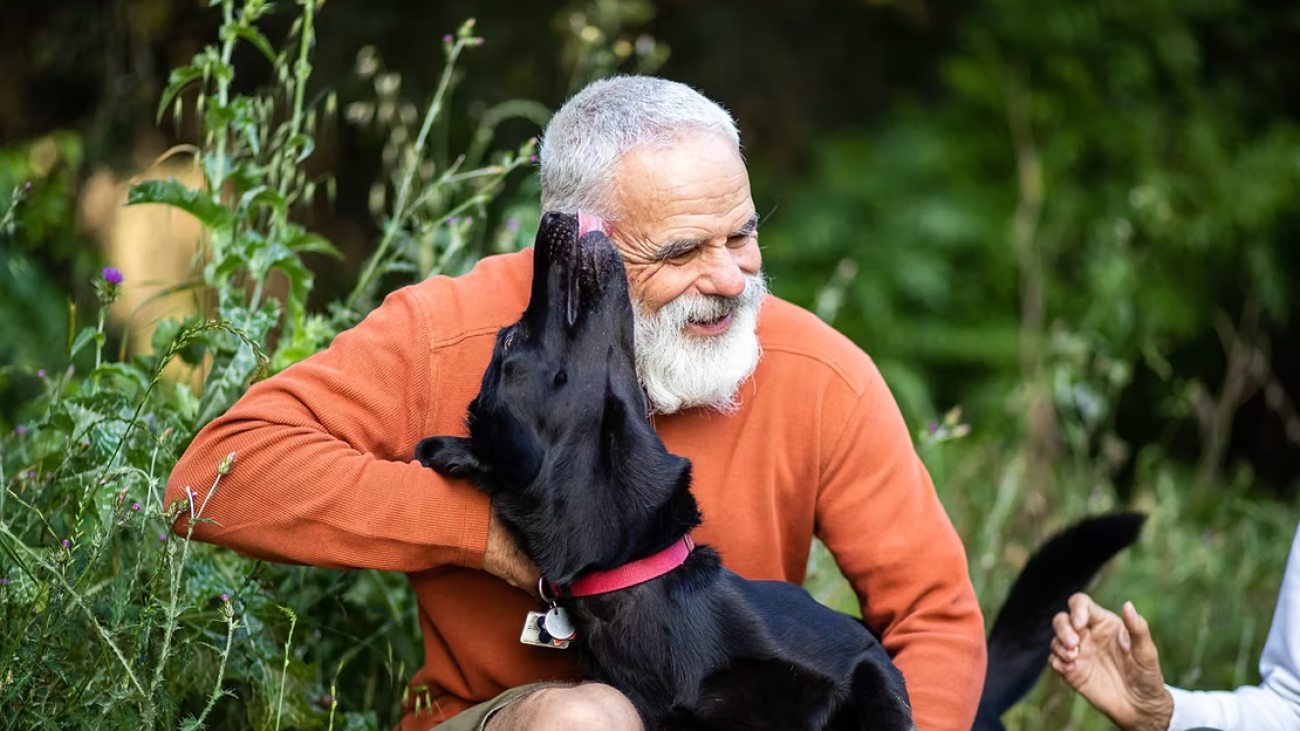Ever felt like your dog is tuning into your emotions, matching your excitement, or comforting you when you’re down? This isn’t just your imagination at play; it’s a phenomenon known as emotional co-regulation. In the context of training reactive dogs, this invisible leash between your emotions and your dog’s behavior is especially significant.
It’s entirely normal to feel a gamut of your own emotions, including anxiety, during the training process. Acknowledging and navigating these feelings is not a sign of weakness but a step towards creating a more effective and empathetic training environment for your reactive dog. Let’s explore how emotional co-regulation plays out in training reactive dogs, the impact of human anxiety, and strategies to foster a supportive atmosphere for learning and growth.
The Invisible Leash: Emotional Co-Regulation Explained
Emotional co-regulation refers to the way humans and dogs influence each other’s emotional states, creating a shared emotional climate. In training environments, especially with reactive dogs, this connection means your dog is not just learning training cues but also picking up on your emotional cues. Anxiety, frustration, or even overexcitement can muddy the waters of communication, making it harder for your dog to understand and follow through with training cues.
The Human Element: It's Okay to Feel
Feeling anxious or overwhelmed while training a reactive dog? You’re not alone. These feelings are a natural response to a challenging situation. The key is not to berate yourself for having emotions but to recognize and work through them. Your emotional state directly impacts your dog, making it crucial to address your own anxieties to support your dog effectively.
The Ripple Effect of Anxiety
Anxiety can create a feedback loop between you and your dog. A tense leash grip or an anxious tone can escalate your dog’s reactivity, reinforcing the cycle of stress and reaction. This doesn’t mean you’re doing something wrong; it’s a normal part of the emotional co-regulation process. Breaking this cycle requires awareness and strategies to manage your emotions during training sessions
Strategies for Emotional Management and Supportive Training
- Mindfulness and Self-awareness: Start by recognizing your emotional state before and during training sessions. Mindfulness can help you stay present and calm, reducing the transfer of anxiety to your dog.
Emotional Preparation: If you’re feeling particularly anxious, take time to engage in activities that calm you down before training sessions. This might include meditation, a walk, or simply deep breathing exercises.
Professional Guidance: Sometimes, the best way to break the cycle of anxiety and reactivity is to seek help from a professional dog trainer or behaviorist. They can offer tailored strategies and support for both you and your dog.
Celebrate Small Victories: Training a reactive dog is a journey filled with ups and downs. Celebrating small successes can boost your confidence and reinforce positive emotions in both you and your dog.
Embracing the Emotional Journey Together
Training a reactive dog is more than just a series of cues and exercises; it’s an emotional journey that you and your dog embark on together. By acknowledging and managing your anxieties, you create a supportive and empathetic environment conducive to learning and growth. Remember, the goal isn’t perfection but progress, built on a foundation of mutual understanding and emotional support. Together, you and your dog can navigate the challenges of reactivity, transforming obstacles into opportunities for strengthening your bond and enhancing your training journey.


